Allied phantom divisions
Preliminary missions for the Operation Overlord
![]()
A Response to Adverse Spies
German and Italian spies were particularly numerous in England and the United States. One of their missions was to identify the number and role of present or future units already ready for combat or training. Aware of this situation, the Allies decided to develop a network of fictional units, the famous Phantom Divisions, to mislead their opponents.
Fictitious or disbanded units before 1944 existed on paper, with headquarters and installation frames throughout the preparations of D-Day. Shoulder insignia were created, such as the Airborne Units below:
|
6th Airborne Division
|
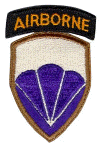 |
|
9th Airborne Division
|
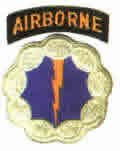 |
The phantom divisions were mainly American and British, but there were also a number of French, Canadian, Polish, Greek and Indian units. These fictional armies were ordered within the framework of Fortitude, a vast deception operation aiming at making the Germans believe that the landing would take place in the Pas-de-Calais. Overall, this plan allowed the Allies to have one lap ahead of their opponents by forcing them to move or maintain their units in certain places.
| 18th Airborne Division |
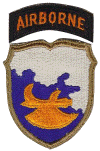 |
|
21st Airborne Division
|
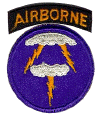 |
|
135th Airborne Division
|
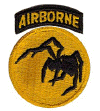 |
